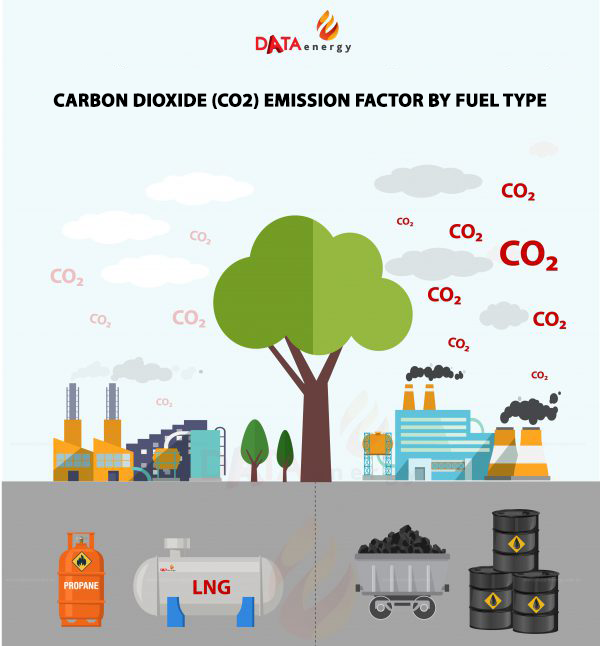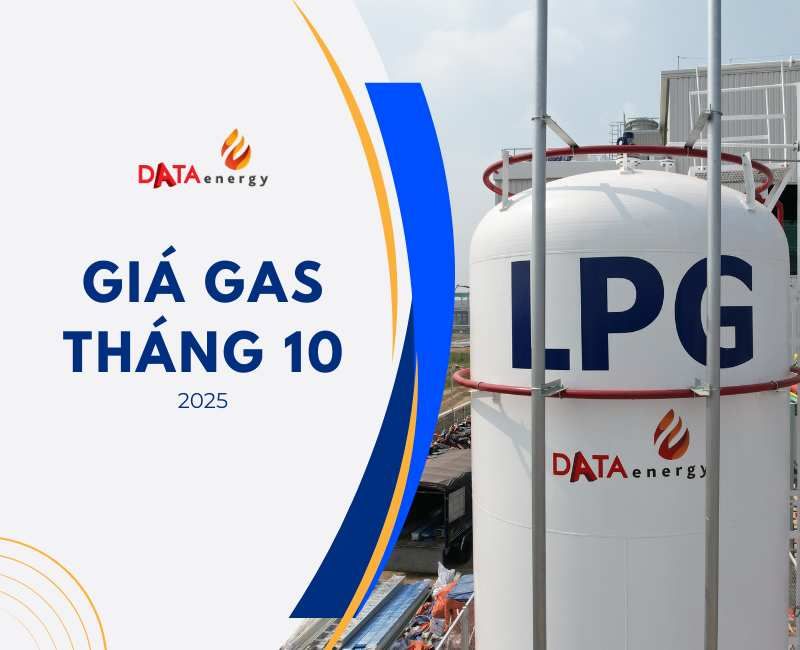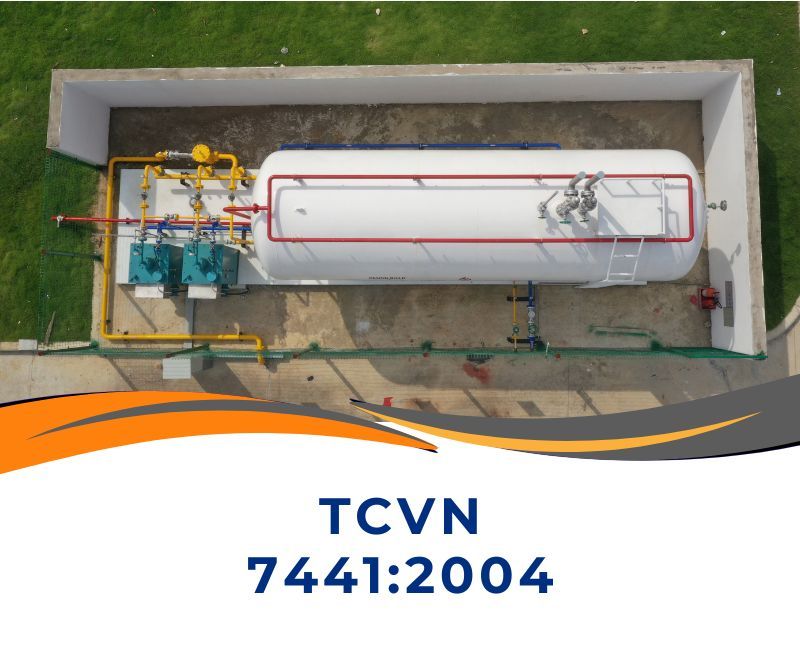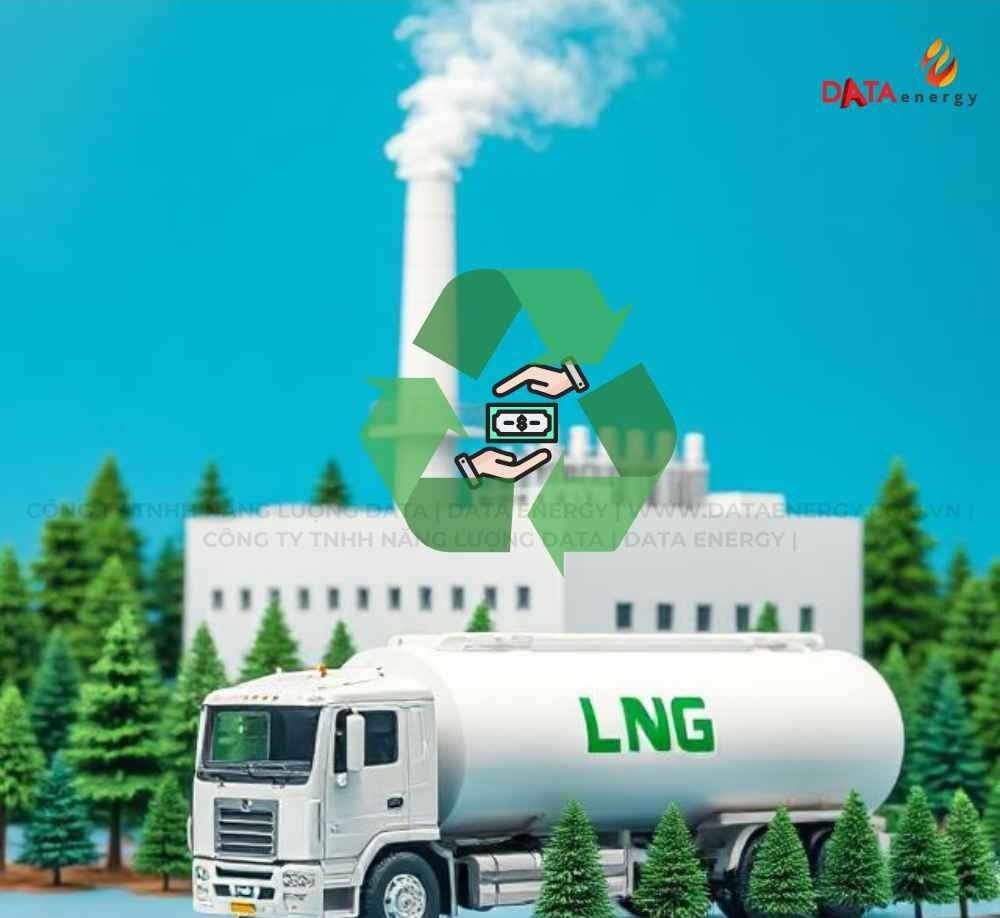CO2 EMISSION COEFFICIENT FOR FUELS
03/01/2025
In the trend of developing green industries becoming increasingly popular in European countries, businesses in Asia are also striving to reduce greenhouse gas emissions in production and business activities. However, in the process of moving towards a ‘low-carbon’ industry, businesses need to understand the CO2 emission factors to make appropriate fuel usage decisions in line with production conditions.
|
EMISSION FACTORS OF VARIOUS FUELS (Used in industrial production, serving manufacturing) |
||
|
FUELS |
Ib/mmBTU (Pounds/Per Million Btu) |
Kg/mmBTU (Kilograms/Per Million Btu) |
|
Propane (C3H8) |
138.63 |
62.88 |
|
Diesel oil, heating oil for indoor use |
163.45 |
74.14 |
|
Kerosene |
161.35 |
73.19 |
|
Coal (Assorted types) |
211.06 |
95.74 |
| Natural gas |
116.65 |
52.91 |
|
Petroleum |
155.77 |
70.66 |
| Heavy fuel oil, Mazut residue |
165.55 |
75.09 |
Data table based on a report from the EIA (Energy Information Administration)
Notes:
-
Pounds: A traditional unit of mass used in the UK, the US, and some other countries. (Abbreviation: lb, lbm). 1 pound = 0.45359237 kg and 1 pound = 453.6 grams.
-
Per Million Btu: Million BTu. BTU (British Thermal Unit): A unit of heat energy used in the UK.
Based on the above statistics, it can be observed that:
-
Coal and heavy fuel oils, such as residual fuel oil, have the highest CO2 emission factors.
-
Conversely, natural gas (CNG, LNG, etc.) and propane are fuels with lower carbon dioxide emission factors, making them more environmentally friendly.
Depending on usage needs and market trends, businesses can choose the appropriate type of fuel for their purposes. However, the energy sector is gradually changing daily with the strong development of the green industry. In the future, natural gas is predicted to become a global alternative energy source.

![]()
DATA ENERGY COMPANY LIMITED (DATA Energy)
- Supply LPG, CNG, LNG.
- Consult, Design, Install Industrial Gas System.
- Invest Gas System (LPG, CNG, LNG) for the factory.

















